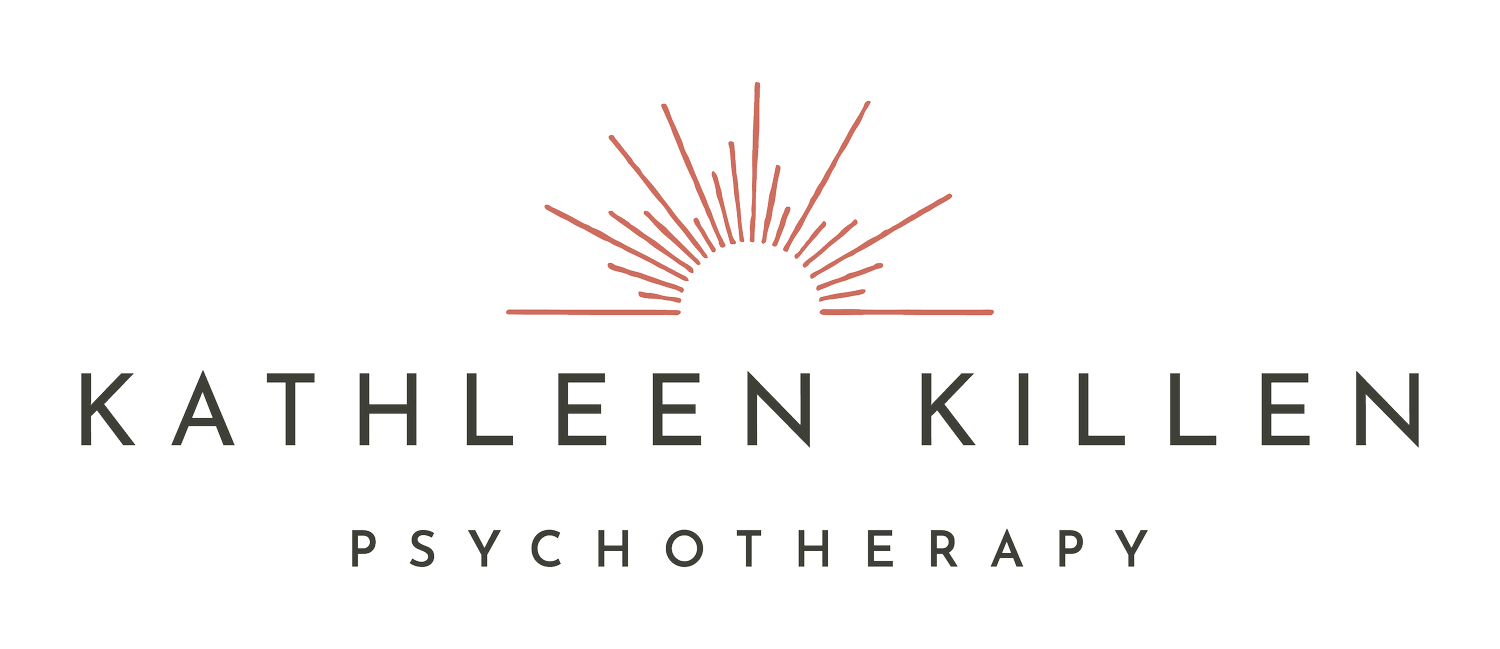Attachment 101: Why Understanding Your Attachment Style Can Strengthen Your Relationship
Have you ever noticed how some people seem to crave closeness in relationships, while others keep a little more distance? Or maybe you've felt yourself pulling away when things get too emotional—or, on the flip side, you worry about being “too much” when all you want is reassurance?
That’s not random. It’s all connected to something called attachment—the emotional bond we form with others, starting in childhood and continuing into our adult relationships.
Let’s break it down.
What is Attachment, Really?
In the simplest terms, attachment is how we connect to the people closest to us—especially when we’re feeling vulnerable, stressed, or in need of comfort. These patterns get shaped early in life, usually based on how our caregivers responded to our needs. Over time, those patterns often carry into our adult romantic relationships, where they show up in how we handle closeness, conflict, and emotional needs.
In couples therapy, understanding these patterns can be a game-changer. Why? Because attachment shapes the way we give and receive love, deal with emotional needs, and respond during conflict. When we're not aware of our own attachment style—or our partner's—it’s easy to get stuck in painful cycles that feel personal but are actually pretty common.
The Four Main Attachment Styles
Here’s a quick snapshot of the main types of attachment styles. No style is “bad” or “wrong”—they just reflect different ways of coping and connecting.
1. Secure Attachment
People with secure attachment generally feel comfortable with closeness and independence. They can ask for support and offer it, without too much fear of rejection or overwhelm.
Common signs:
Trust comes relatively easily
Comfortable depending on others and being depended on
Able to express needs clearly
2. Anxious Attachment
This style often comes with a strong need for closeness and reassurance. There can be a fear of abandonment, which can make relationships feel intense and emotionally charged.
Common signs:
Worrying a lot about your partner pulling away
Craving closeness and fearing rejection
Reading into texts or the tone of voice
3. Avoidant Attachment
Avoidantly attached folks tend to value independence and may feel uncomfortable with too much emotional closeness. Vulnerability can feel risky, so they might keep their guard up.
Common signs:
Struggling to open up or “go deep”
Needing a lot of space when things get emotional
Downplaying the importance of relationships
4. Fearful-Avoidant (a.k.a. Disorganized) Attachment
This one’s a mix of anxious and avoidant. It often shows up when someone deeply wants connection but also fears it. Relationships can feel like a push-pull of longing and withdrawal.
Common signs:
Intense relationships that feel confusing or unstable
Feeling torn between wanting closeness and fearing it
Difficulty trusting, even when connection is desired
Why It Matters in Relationships
When couples get stuck in patterns like chasing and withdrawing, emotional shutdowns, or never feeling quite “on the same page,” attachment often plays a key role. Once partners begin to recognize their own attachment styles, it opens the door to more compassion, clarity, and connection.
Understanding your attachment style isn’t about blaming yourself or your partner—it’s about becoming more aware of your inner world so you can show up more intentionally in your relationship.
Ready to Get Curious?
If you’re wondering what your attachment style might be, there are some great tools to help you explore. Here’s one to get you started:
👉 Take the Attachment Style Quiz
(Just remember, no online quiz is a full diagnosis—but it can be a helpful first step in getting to know yourself better.)
Therapy Can Help You Understand and Shift Your Patterns
The good news? Attachment styles aren’t fixed. They can change and evolve, especially when we bring awareness and compassion to our experiences. In couples therapy, we often explore these patterns together, helping partners understand each other on a deeper emotional level—and begin to rewrite their story.
Want to learn more or explore how this plays out in your relationship? Therapy is a safe space to dig deeper and start building more secure, connected ways of relating.

